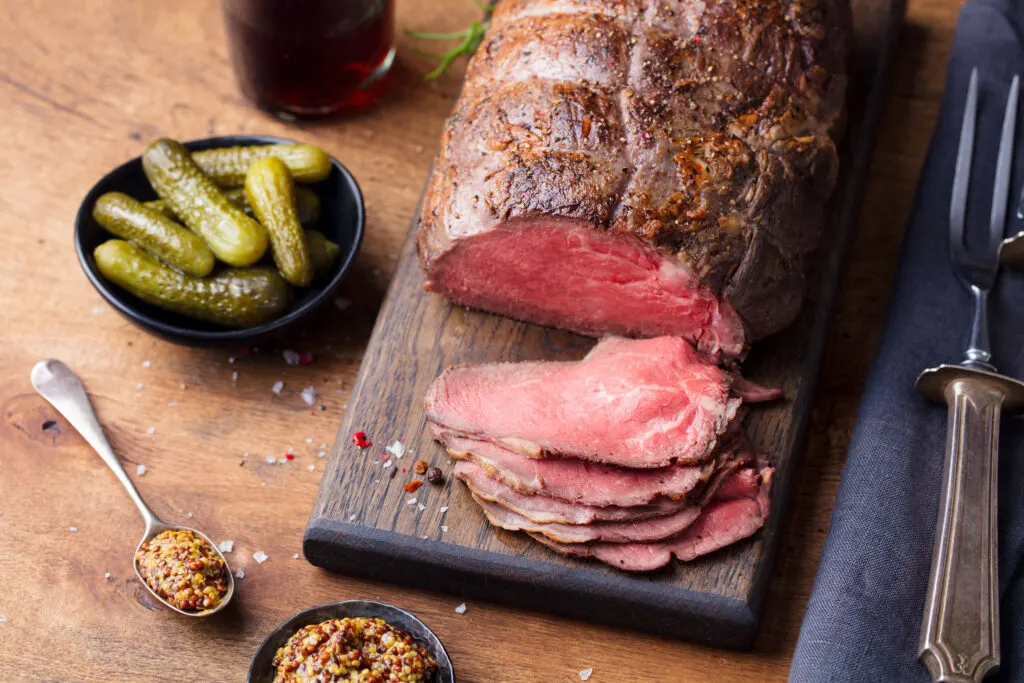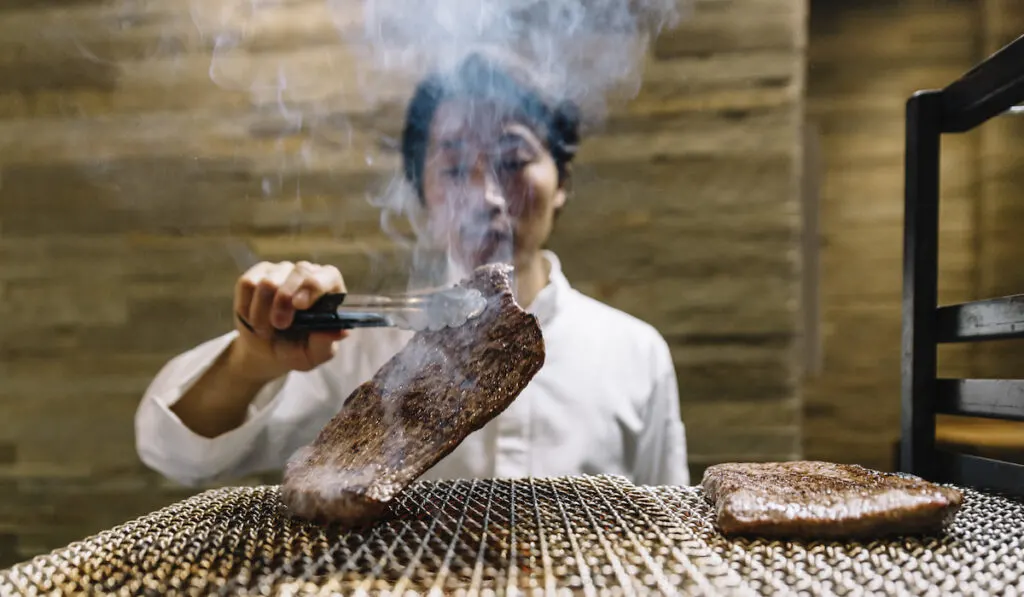A beef roast is a recipe loved all around the world. It is a classic dish that is always a crowd-pleaser. Even though so many people cook beef roasts, it is still a very technical dish to make. The blend of spices and the perfect cooking time are the things that can either make or break the whole recipe.
Another common thing that comes with cooking a beef roast is storing the meat correctly to keep it fresh, and cooking it properly. If not stored with caution, beef can easily go bad. No one wants to make a beef roast with meat with bacterial growth and a bad smell.

There are several points to keep in mind to make your beef roast healthy and tasty. Merely putting in spices and letting the beef cook will not make a good roast. Rather it is the freshness of the meat that counts the most.
If the beef is fresh, the roast will turn out delicious. Otherwise eating a bad beef roast will not only leave you hungry but also upset your digestive system. And no one wants to get an upset stomach after eating a beef roast.
So here are the most commonly asked questions about beef roast.
Table of Contents
What Happens If You Eat Bad Beef Roast?
No matter how equipped our stomach is, eating stale or rotten food is never good for your digestive system.
Especially when it comes to meat and meat products, you should never risk eating spoiled food. A spoiled beef roast can contain several pathogenic bacteria which can lead to many foodborne diseases.
The first symptom you’ll notice after possibly eating a bad beef roast is diarrhea. Whenever bad food enters your body, it will do its best to try to get rid of it. Due to this, vomiting and loose stools are commonly observed.
The main reason behind bacterial growth is beef being left at room temperature for a long time. There are several micro-organisms found in a bad beef roast that can harm your stomach and intestine. The most common bacteria include Salmonella and E.coli. These can cause fever, diarrhea, and vomiting.
For avoiding all these worst symptoms, cook the beef roast perfectly and never leave it half cooked. Raw or poorly cooked food is the most common site of bacterial growth.
What Does Bad Beef Roast Smell Like?

The smell test is the easiest way to judge whether the beef roast has gone bad or not. You do not even need to taste the meat to determine its condition. No matter raw or cooked the smell test can apply to both.
Fresh meat has a meaty smell that is not very perceptible but rancid meat has a very strong odor.
If the meat has gone bad it will have a very strong tangy odor. You can notice this unbearable putrid odor from far away. Eating a beef roast with this smell is not recommended. This changed odor is an indication of bacterial growth.
The most commonly found microorganism in bad beef is Lactobacillus species and Pseudomonas species.
In some cases, you might not sense an uneasy odor but can see some visual indications. In such cases, you need to stick to the visual indications and throw away the bad beef immediately. Some of these indications include a slimy or sticky texture. If the beef has turned brown or grey then you should not consume it.
How Long Does Beef Roast Last In The Fridge?

Storing meat properly is one of the most important steps involved in making a good meat recipe. A slight mishandling of beef can turn your dish into trash. So it is very important to keep track of the time beef is left out at room temperature and also when placed in a refrigerator.
When storing raw beef, you can easily keep it in the refrigerator for 2-3 days. Deli beef can be kept for about a week. A better option is to freeze the beef for better storage. You should seal the beef in an air-tight container or packaging and then pop it in the freezer.
Refrigeration and freezing depend on the temperature. Monitoring a safe temperature will ensure proper storage of the beef roast. The freezer should be kept close to a temperature of 0oF. Such a low temperature will keep the meat safe with all the nutrients locked in it.
When coming to refrigeration, the temperature should be around 35oF. This will help keep the meat products safe and healthy. When keeping all these things in mind do not forget to keep track of the time.
Frozen raw beef should not be consumed exceeding a storage period of 4-6 months. While deli meat should be frozen for just 1-2 months.
If The Beef Roast Turned Brown In The Fridge Is It Bad?
Meat and especially beef can undergo color changes when refrigerated or frozen for a long time. Not everything we see is necessarily the meat going bad. Not every color change can determine whether the beef has gone bad or not. Sometimes the discoloration can be due to metmyoglobin.
This is a process in which the myoglobin found in the meat, when exposed to oxygen, causes meat to change its color. In some instances, color change can be due to refrigeration and freezing. Temperature changes can also cause color changes.
For confirming that color change is the indication of bad beef you must consider other signs as well. Do check the smell of the beef. If it’s tangy or putrid then the beef is not fit for eating. You must consider other visual signs as well. If the texture is slimy or sticky then the beef is not fit for eating.
Consider all these things when deciding if your meat is good for consumption. Check the smell, color changes, and presence of tangy taste to make sure you aren’t eating or serving bad meat.
